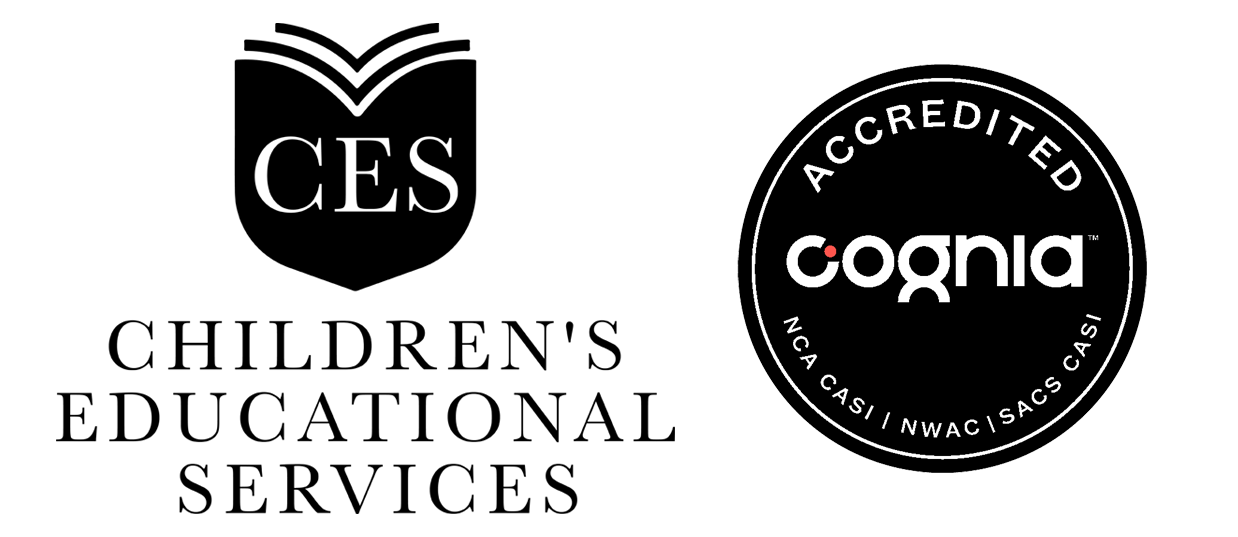
Experts and educators have many suggestions to help children understand what they read.
Teaching a child to sound out and decode letters is the first step in reading education. But just because a child can read words doesn’t mean they understand them.
“Reading comprehension is the ability to process texts, understand its meaning and integrate the text with what the reader already knows,” says Carly Shuler, co-founder and co-CEO of Hoot Reading, an online reading program. “It’s a critical component of reading to learn – which is different from learning to read – and it’s an advanced literacy skill, especially for emerging learners.”
Increasing comprehension is a fundamental skill in the reading process, particularly in grades K-4. Experts say that by third grade, teachers notice some children who are proficient at decoding words, stories and books, but don’t always understand what they are reading.
Yet, because these children are often reading words, they are assumed to be proficient and can sometimes go unnoticed. Standardized tests are often how reading comprehension deficiency is noticed.
By the time a student reaches fourth grade, school curriculums introduce more complicated subjects and concepts, Shuler says.
“This is where reading comprehension is critical,” she says. If problems are not diagnosed, the reading comprehension deficiency may not be discovered until middle school.
“Middle school subjects introduce an entire new vocabulary to students and being a proficient reader is the necessary first step toward success,” says Caryn Solomon, a former special education teacher in Virginia and Washington, D.C., and a private academic tutor. “If a student lacks decoding skills, they will struggle with the introduction of new terms and concepts that are relevant and necessary for success in this new curriculum.”
Of course, education experts say there are many strategies that can be employed at school and at home to improve reading comprehension.
Improving Vocabulary
Often, students struggling with reading comprehension also have problems with vocabulary. They don’t always understand what they hear. Multisensory strategies – graphic organizers, pictures, playdough, beads – can be used to teach the meaning of new words. By improving overall language skills, children are more likely to understand words they face in written texts.
Understanding Context
After a student has gained a vocabulary to read through a text, the next challenge can be understanding the complex details and developments needed to discern what is not explicitly stated in the reading.
Some strategies that education experts point out include:
- Coming up with questions while reading.
- Linking what a student is reading to something else they have read, seen or experienced.
- Making predictions about what will come next in the story. “When a student makes predictions about the text they are about to read, it provides a framework for any new information and helps with the continuity of their learning,” Shuler says.
- Looking for keywords and rereading them to answer questions. “Asking and answering questions about text helps students focus on the meaning,” Shuler says. “Teachers, parents and caregivers can help by modeling both the process of asking good questions and strategies for finding the answers in the text.”
- Thinking out loud to be explicit in their thought processes.
“Most importantly, just talking to peers about a book helps with reading comprehension,” says Allison Blass, a first grade teacher in New York.
Reciprocal Teaching
Reciprocal teaching pushes students to be leaders in their learning. They are encouraged to think explicitly about their thought processes while they read or listen to a story. Teachers often use reciprocal teaching during classroom discussions, when reading a story out loud or when stories are read in small groups.
In reciprocal teaching, students can rotate their reading jobs. One student can serve as a questioner, who asks about parts of the lesson or discussion that are confusing. Another student can serve as a summarizer, explaining each important detail or theme in the text. A third student, called a clarifier, speaks to the questioner’s issues to ensure that what the questioner finds confusing is understood. And a predictor will forecast what happens next based on the reading and discussion.
Teaching Comprehension Skills
Sequencing helps children understand the logical progression of events. Explaining story structure and how plots typically move from introduction to complication, and then on to climax, resolution and moral, gives young readers context to draw conclusions. Students can be taught to use these comprehension skills when the teacher is reading out loud and when they are reading books at their individual level.
Summarizing Main Ideas
Identifying the main idea and summarizing requires that students determine what is important and then put it in their own words. “Implicit in this process is trying to understand the author’s purpose in writing the text, which makes information easier to retain,” Shuler says.
Making Inferences
“In order to make inferences about something that is not explicitly stated in the text, students must learn to draw on prior knowledge and recognize clues in the text itself,” Shuler says. “In order to make an inference, kids need to understand what it is that they’re reading. When they’re reading with an adult, they can lean on the adult to help them with this if they’re not sure.”
Improving Language
Sometimes, the struggle with reading comprehension is tied to challenges with oral language. Unaddressed, early childhood language weaknesses can lead to misunderstanding spoken words and poor spoken grammar. Speech and language therapy techniques can be used to address this issue.
Ultimately, it is crucial that children master reading comprehension, Solomon says. That should happen in early grades, but problems can be corrected later if necessary.
“Many middle schools have found it necessary to include a remedial reading course as part of their curriculum of study to support the general education classes,” she says. “Students are never too old to learn the basics of reading. Establishing solid decoding and word recognition skills will create a necessary foundation for continued success as a reader and a student.”
Source: USNews


